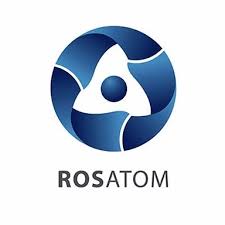The International Thermonuclear Experimental Reactor (ITER) is a project to construct a prototype of a fusion reactor. Thirty-five different countries are collaborating to build ITER. The European Union (plus Switzerland and the U.K.) are contributing almost half of the cost of its construction. Six other members of the collaboration are contributing equally to the rest of the cost. Construction began in 2010 and continues in Cadarache, southern France. There have been delays caused by technical problems. Many of the members are constructing components for the ITER and there have been problems integrating these diverse components into the ITER.
ITER is a major international project to construct a tokamak fusion device designed to prove the feasibility of fusion as a large-scale and carbon-free source of energy. The goal of ITER is to operate at five hundred megawatts for at least four hundred continuous seconds with fifty megawatts of plasma heating power input. It appears that an additional three hundred megawatts of electricity input may be required when the ITER is in operation. No electricity will be generated at ITER.
The St Petersburg-based JSC NIIEFA is part of the Russian state nuclear corporation Rosatom. It has started acceptance tests of a full-scale prototype of the first wall panel for the ITER project.
The first stage of the acceptance testing was the measurement of the geometric parameters of the prototype. These tests are carried out using an optical scanning machine. The purpose of these measurements is to check the compliance of the product with the drawings. They will also build a 3-D model with real dimensions based on the data collected.
At the headquarters of the ITER Organization, the 3-D model will be integrated into the overall virtual assembly of the reactor to check compatibility with other components. The prototype of the first wall panel will undergo static and dynamic hydraulic tests. There will be a hot helium leak test by the end of this year. Based on the results of the acceptance tests, the ITER Organization will decide on the transition to serial production of the first batch of wall panels.
According to Rosatom, the panels of the first wall of the reactor are “one of the most important and technically complex components” of ITER. Along with the diverter, the wall panels are in direct contact with the hot plasma. Each panel consists of forty “fingers”. Each finger is a complex multi-layer construction of sixteen-millimeter by sixteen-millimeter beryllium cubes soldered onto copper-chromium-zirconium alloy. The alloy is bonded to the steel base by diffusion welding. Each panel measures about two meters by one and a half meters by one half meter. They weigh about eighteen hundred pounds. The panels have different shapes. The scientists of JSC NIIEFA have developed forty versions of their design.
In the ITER project, Russia’s responsibilities include the construction of one hundred seventy-nine of most energy intensive panels which will be subjected to up to five megawatts per square meter in the first wall. This section is forty percent of the total area of the reactor wall.
